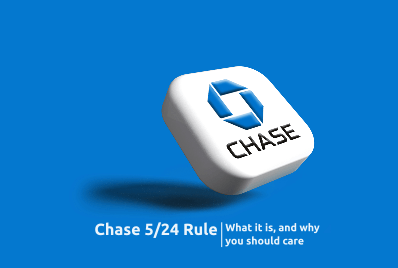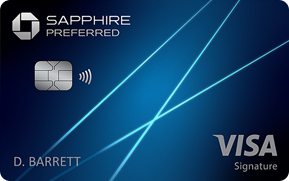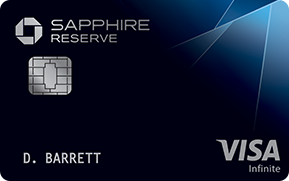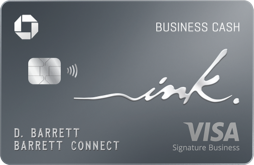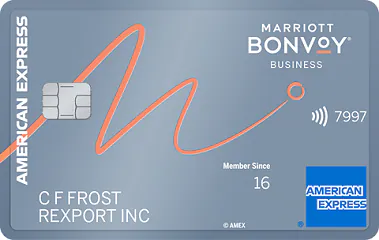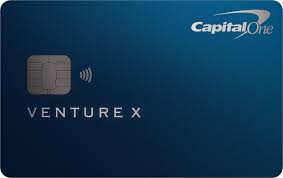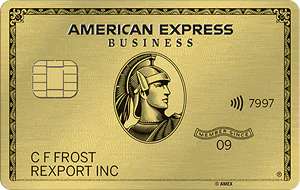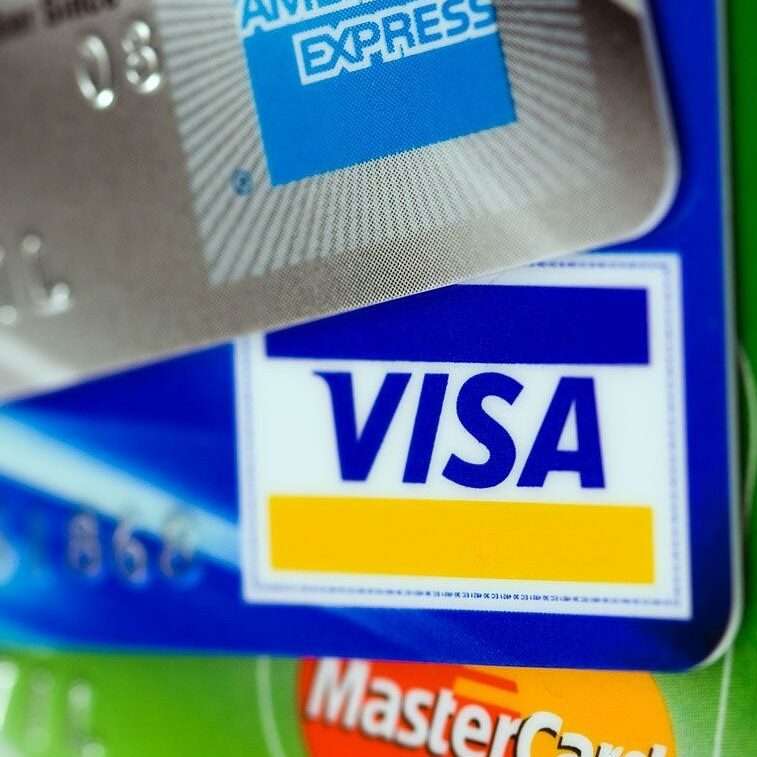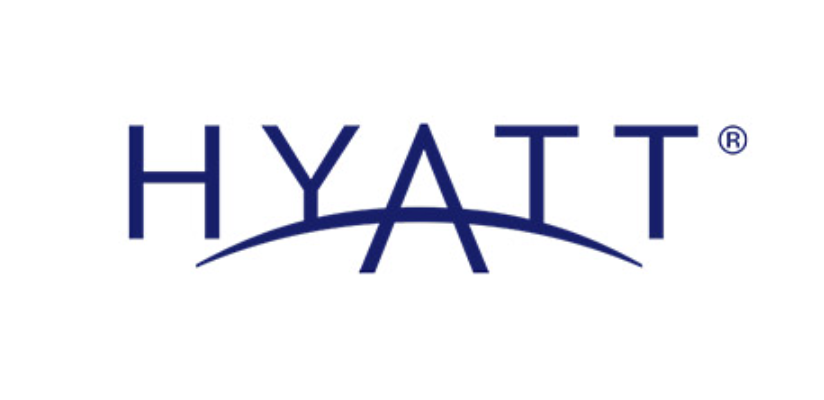If you’re interested in earning rewards points and miles, you’ll inevitably encounter Chase’s 5/24 rule. This rule is a major factor in the world of travel hacking and impacts your strategy for maximizing rewards, and is one of the first lessons you’ll need to learn to be successful.
What is the Chase 5/24 Rule?
Simply put, the Chase 5/24 rule means Chase will likely decline your application if you’ve opened five or more new credit cards (from any bank) within the past 24 months. Store cards, amex, citi, rental-center type “loan” credit cards; they all count towards your 5 card maximum within the 24 month term.
This is an incredibly important concept to make sure you understand when starting out. You’re going to be tempted to apply for cards with great advertising that tout “all time best bonus!” everywhere you look. While those may very well be all-time-bests, they may not be the best card for you in that moment.
The significance lies in the Chase UR (Ultimate Rewards) ecosystem, and the outsized value you can typically get when redeeming your points for flights and hotels. When compared to some of the competitors, the UR point can be leveraged into incredible redemption value with extremely little effort like with quick and simple transfers to Hyatt. Take this booking, for example:


With a quick and easy search I was able to find an almost $600 high-end hotel in a desirable area of San Francisco for only 17k Hyatt points per night transferred from my Chase UR account. After a quick refresh on how to calculate valuations of points, it’s no secret that this is a great redemption for your Chase UR points.
This is why it’s stressed to focus on Chase UR earning cards when you first step into the hobby – the value is extraordinary and points are easy to redeem.
Why Does Chase Have This Rule?
While not formally announced, we suspect that Chase implemented this rule to limit “card churning” – the practice of opening credit cards just for the welcome bonus, then closing them shortly after to avoid paying annual fees.
As you progress through this hobby you’ll start to run out of new cards with valuable Sign Up Bonuses that you qualify for, so will resort to closing out old cards then reapplying for that same card again. This practice can be incredibly beneficial for the applicant, but the card issuer would end up losing out on a lot of expected revenue so a change needed to be made. Enter: the 5/24 rule. The idea is to limit a consumer from simply collecting credit card sign up bonuses with Chase, but the further reaching impact was fewer credit card applications overall (if that consumer was trying to stay active with Chase, at least).
How Does this Rule Impact Credit Card Applications?
The 5/24 rule forces you to be more strategic and deliberate about your credit card applications. Here’s how it could impact your approach:
- Prioritize Chase cards early: If you’re new to points and miles, getting popular Chase cards first is often wise. That’s because once you’re over 5/24, those cards might be out of reach. The most common card recommended when starting out is the Chase Sapphire Preferred. This is due to the low annual fee, high sign up bonus, included insurance benefits, and an incredibly easy introduction to the UR ecosystem partners.
- Space out applications: Even with careful planning, you can’t apply for too many cards at once without running into the 5/24 rule. Aim for a maximum of two new cards every few months to stay in the clear, and consider your application velocity (that is, how frequently you’re applying for new Chase cards).
- Timing is key: If you have a major trip or purchase planned, make sure you’re under 5/24 in time to apply for the card(s) that give you the best return for that spending. It’s not uncommon to pick up new cards with valuable sign up bonuses ahead of large purchases to use instead of cash or debit cards. Paying with your new credit card will allow you to quickly and easily pick up the new bonus without having to jump through hoops or make unnecessary purchases just to earn that bonus.
- Consider Small Business Credit Cards: If you just can’t wait for move on from Chase before your 5/24 slots are filled up, take a look at small business credit cards. For the majority of these small biz cards, they offer sign up bonuses which are sometimes more valuable than their personal card counterparts, have no or low annual fees, and don’t add to your 5/24 number at all.
Business Cards Don't Affect the 5/24 Rule?
Well, yes and no. There are 3 key ideas that you need to know when considering small business credit cards.
- They usually don’t add to your 5/24 number – That’s right, most bank’s business credit cards don’t report that card to an individual’s personal credit report (since it’s a card applied-for by a business, not a person. Why does this matter, exactly? Because the way Chase determines an individual’s 5/24 score is by reviewing their personal credit file and counting off the number of new credit cards within the 24 month period.
- Wait a sec, what do you mean “usually”? – There are some banks out there that (for some reason) report their business credit cards to the individual applicant’s credit file. We need to be careful with these since they will add to your 5/24 number. A few notable banks that do this are Capital One, Discover, and TD Bank.
- Ok, so 5/24 doesn’t apply to business cards then? -This is an incredibly confusing concept for a lot of people just starting out in the hobby, and one that should get a lot of attention in the beginning. YES, 5/24 applies to business cards. You have to be under 5/24 in order to get approved for a Chase business card, but that card itself (or most other business cards) won’t add to your 5/24 number if you’re approved.
Which Chase Cards are Subject to 5/24?
The general rule with Chase is that you should expect all of their cards to be governed by the 5/24 rule. That is, if you’ve been approved for 5 or more credit cards over the past 2 years, don’t expect an approval from Chase until 24 months from your oldest application.
Notable examples of cards that follow this rule include:
- Chase Sapphire Preferred and Reserve cards
- Chase Business Credit Cards
- Southwest Rapid Rewards credit cards
- United Explorer Card
- Marriott Bonvoy Boundless Credit Card
- World of Hyatt Credit Card
Even though these cards fall under the rule, you’ll sometimes run into anecdotal evidence in online groups like our Facebook Community that seem to offer a contradiction to this.
Usually we’ll see these examples of ‘approvals over 5/24’ immediately after a new card offer is released by Chase, or when the applicant is just barely over 5/24 and applying for co-branded cards (like a Hyatt card, United, Marriott, or other non-Chase UR specific card). Since the rule isn’t a public one, we’re unsure of how or why these cards get approved.
Getting Under 5/24
If you hope to apply for the most desirable Chase cards, getting under 5/24 is important. Here are some topics that you should be aware of about your 5/24 status:
- Time it out: The simplest way (well, really the only way) is to wait 24 months since you last opened a new card if you’re currently over 5/24. Closing or downgrading a credit card will not remove that card from your 5/24 number.
- Check your status: Tools like Credit Karma can help you see where you stand with the 5/24 rule. Knowing your status and wait time until you’re under 5/24 will help you develop a plan on next cards to apply for. Maybe focusing on non-Chase business cards that don’t add to your 5/24 number is how you rack up points in the meantime.
- Consider authorized user cards: Are you sure you’re over 5/24? Becoming an authorized user on another person’s credit card account will trick the computer-approval systems to identifying that card as a 5/24 card. In reality, authorized user cards do not count against your 5/24 number. Unfortunately, the only way to get a denial overturned due to this particular problem is to call into the Reconsideration Line and speak with a credit analyst.
Never called the reconsideration line before and worried about how to handle the high-pressure call? Don’t sweat it, set up a time with thePointsPage team for Reconsideration Call Coaching. We’ll guide you through exactly what to expect, run through the basic questions with your before your call, and make sure you have a solid plan of attack to getting your application approved.
Top Cards to Get When Under or Over 5/24
So now that you have a firm grasp on what the 5/24 rule is, how it impacts your application strategy, and which cards do and don’t count towards that number, let’s get into the most recommended cards to start with.
While each person’s travel goals are different, there are a few general cards that can be recommended for most everyone when getting started under 5/24:
Sign Up Bonus: 60,000 Chase UR
Minimum Spend: $4,000 in 3 months
Annual Fee: $95, not waived the first year
The Chase Sapphire Preferred Card is a travel rewards workhorse. Its bonus categories, valuable Ultimate Rewards points, and travel perks make it an excellent pick for those ready to maximize their rewards on everyday spending and getaways.
Beyond points, the Chase Sapphire Preferred® Card boasts valuable perks like a $50 annual hotel credit, comprehensive travel insurance, and purchase protection, making it a well-rounded travel companion.
Sign Up Bonus: 60,000 Chase UR
Minimum Spend: $4,000 in 3 months
Annual Fee: $550, not waived the first year
Earn 3x points on travel and dining, plus enjoy airport lounge access, a $300 annual travel credit, and Global Entry / TSA PreCheck application fee credit with the Chase Sapphire Reserve® card.
Beyond core benefits, the Reserve offers perks like DoorDash DashPass, Instacart membership discounts, and extended warranty / purchase protection, adding value to your everyday spending.
Sign Up Bonus: 75,000 Chase UR / $750
Minimum Spend: $6,000 in 3 months
Annual Fee: None
Limited Time Offer: Earn 30k UR for spending $3k within 3 months, or 75k UR for spending $6k in 6 months. Add a 10% point boost for all points earned within the first year with a business banking relationship. Click here to read all about this new offer.
Chase Ink Cash offers a no-annual-fee path to 5% cash back on office supplies & internet/cable/phone bills, plus a 75,000 UR / $750 bonus. Consider this if your business spends heavily in these categories, or you want to take advantage of fee-free Visa Gift Cards for 5x points / $1.
Beyond the 5x earn rate, the Chase Ink Cash card boasts travel & purchase protection, extended warranties, and employee card options, making it a well-rounded business card.
If you’ve already been collecting credit cards over the past couple years and aren’t eligible for Chase cards becuase of 5/24, there are still some really great options from other banks that you can consider:
Sign Up Bonus: 3-Free Night Certificates up to 50,000 points each
Minimum Spend: $6,000 in 6 months
Annual Fee: $125
Business travelers who frequently stay at Marriott properties can earn a welcome bonus of up to 5 free nights and enjoy Marriott Bonvoy Gold status with the Marriott Bonvoy Business® Amex® Card. This card also offers bonus points on dining, gas, and shipping, but consider alternative options if you prioritize general travel flexibility.
Beyond points, the Marriott Bonvoy Business Amex Card sweetens the deal with perks like a 7% discount on Marriott stays, no foreign transaction fees, and comprehensive travel insurance.
Sign Up Bonus: 75,000 Capital One Miles
Minimum Spend: $4,000 in 3 months
Annual Fee: $395
The Capital One Venture X is a premium travel card with a $300 annual travel credit and annual 10,000 point bonus. It offers a generous rewards program, including a 75,000-mile welcome bonus and 2x miles on all purchases. The travel booking portal is also considered one of the best available for consumer bookings.
Beyond points and miles, Venture X cardholders unlock a world of travel comfort and convenience. Relax in airport lounges worldwide, enjoy statement credits for travel bookings, and gain valuable benefits like travel insurance and Global Entry / TSA PreCheck fee credit.
Sign Up Bonus: 130,000 Amex MR Points
Minimum Spend: $10,000 in 3 months
Annual Fee: $375
The Amex Biz Gold grants a powerful 4x points on your top 2 spending categories, but the $375 annual fee makes it ideal for businesses with high spending and travel needs.
Beyond points, the Amex Biz Gold boasts travel perks like airport lounge access and travel insurance, alongside purchase protection and Amex Offers for additional savings.
Getting to the Point
The Chase 5/24 rule is an important factor for travel hackers, as it limits approval for many Chase cards if you’ve opened 5 or more in the past 24 months (from any bank). Business cards typically don’t count, but there are exceptions. If you’re over 5/24, consider waiting 24 months, using credit monitoring tools, or exploring cards from other issuers (like business cards). Once under 5/24, several Chase cards offer great rewards, but valuable options exist outside of Chase as well.

